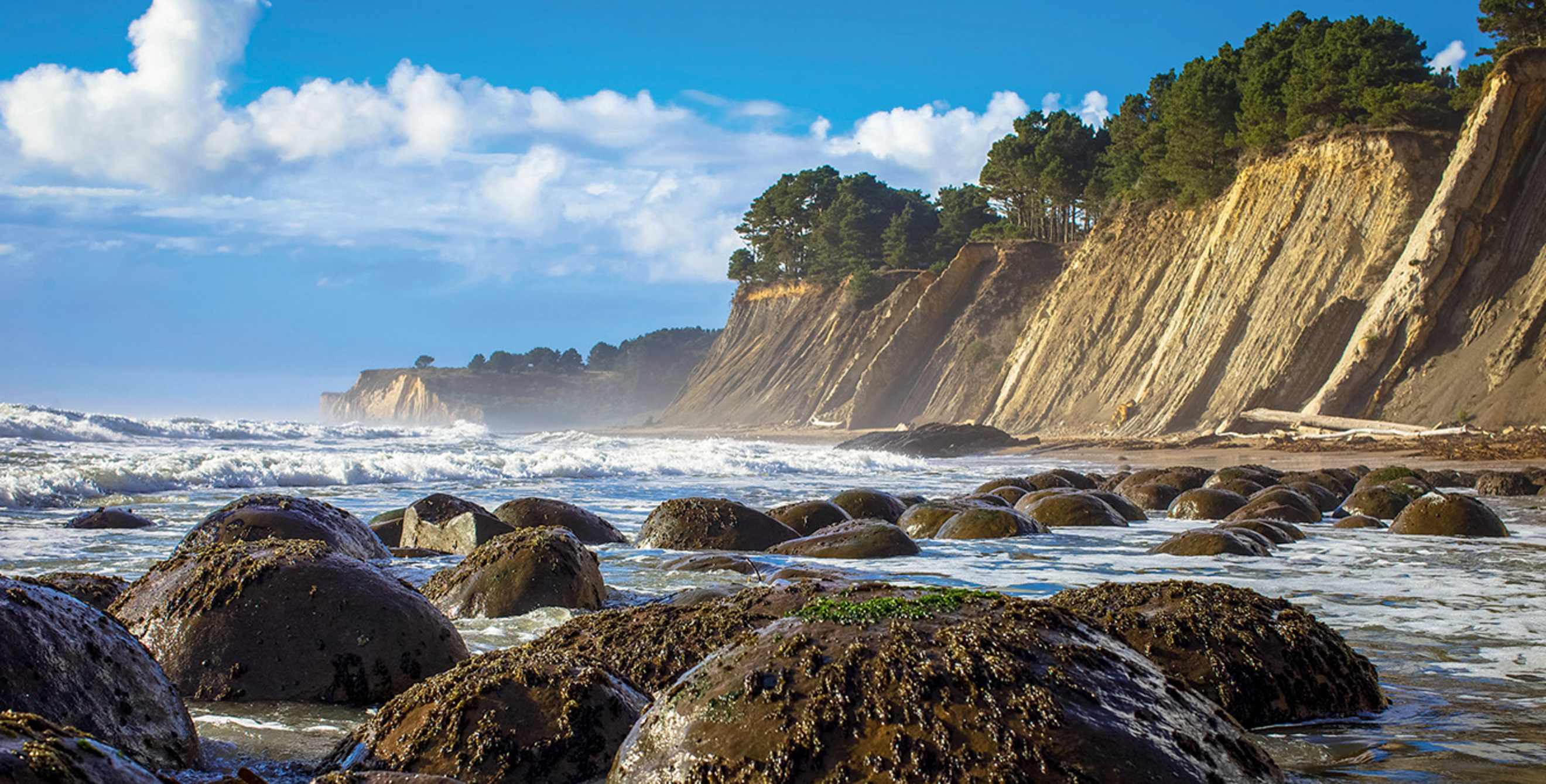
Greater Farallones National Marine Sanctuary
A stretch along California's Mendocino coast is one of North America's richest upwelling zones.

As you drive the Mendocino coast three hours north of San Francisco, the beauty of the rocky bluffs and crashing surf is hard to miss. Less obvious is the wonder beneath the waves. The stretch of sea off Point Arena—part of the Greater Farallones National Marine Sanctuary—contains one of the richest upwelling zones in North America. Here, nutrient-filled water rises from the deep into the sunlight, sustaining free-floating plankton and forming a key link in the food chains that nourish all sorts of sea creatures, from the Cassin's auklet to the blue whale.
"It's a huge seafood buffet," says the sanctuary's outreach specialist, Mary Jane Schramm.
That buffet doesn't just feed local fish. Thanks to strong southbound currents, those nutrients reach critters some 170 miles away in Monterey Bay.
But not all the action is underwater. From December through May, landlubbers can watch from the Point Arena Lighthouse to see gray whales breach as they migrate between the Baja peninsula and the Arctic. About 1.5 miles south, in the Point Arena–Stornetta Unit of the California Coastal National Monument, a short cliff-top path leads from Lighthouse Road to a cove teeming with Steller sea lions and harbor seals that flop on and off the rocky shelves.